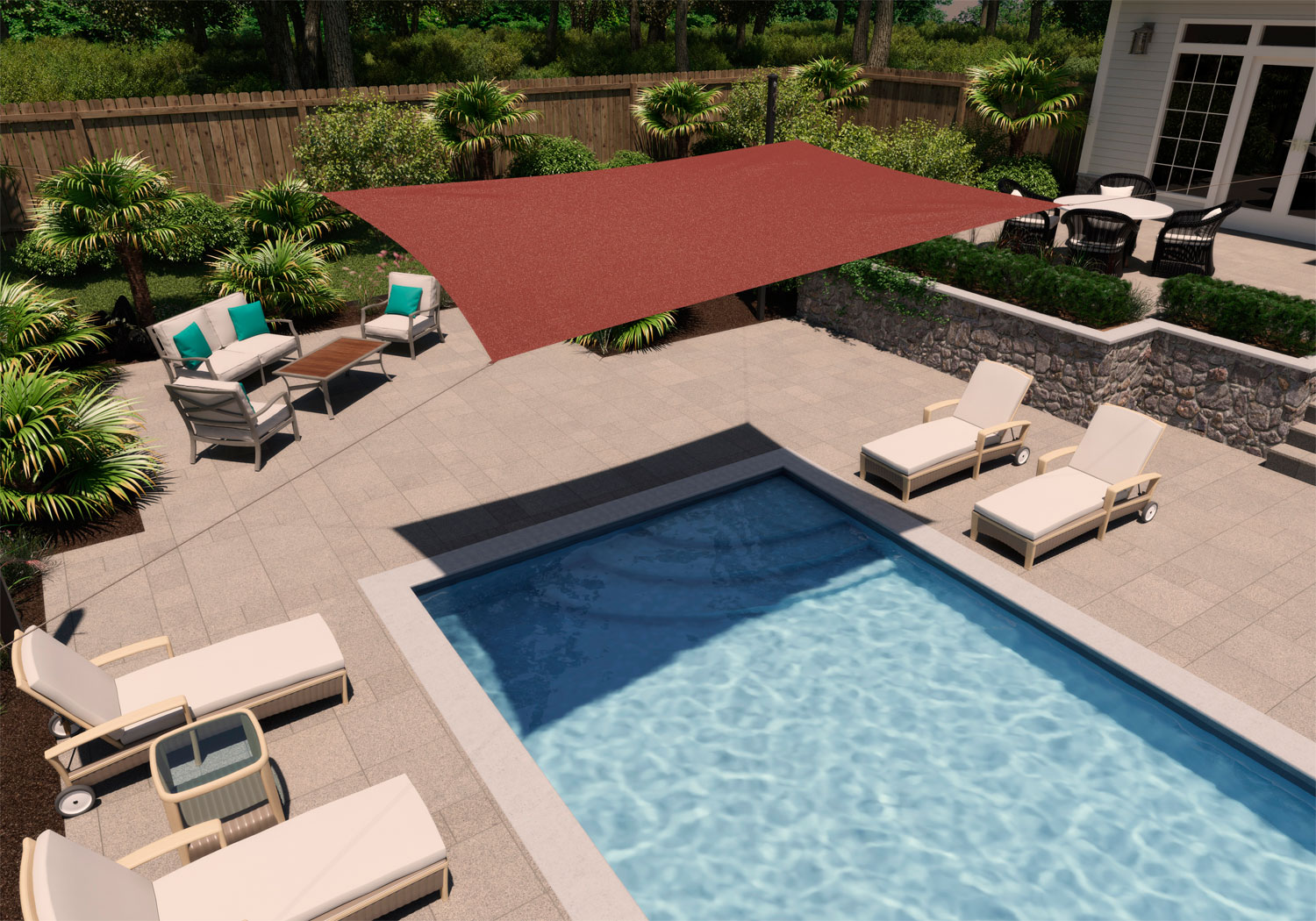Enhance The Outdoor Space using Creative Canopy Solutions
In terms of enhancing your outdoor living space, few elements can have as substantial an impact as shade sails. These flexible and stylish installations not only offer protection from the sun but also create an inviting atmosphere that encourages relaxation and enjoyment. If you are looking to transform your backyard into a functional and aesthetically pleasing area, shade sails might just be the perfect solution.
Picture lounging in your backyard, free from the harsh glare of the sun, while enjoying the fresh air and beautiful surroundings. Shade sails can be tailor-made to fit various shapes and sizes, making them a versatile addition to all home. With a variety of colors and patterns available, they can easily complement your existing outdoor decor, turning a simple space into a vibrant oasis. Embrace the possibilities that shade sails offer and discover how they can elevate the outdoor experience.
Benefits of Shade Sails

Shade sails offer a distinct combination of visual attractiveness and practical functionality. They can immediately enhance the look of any outdoor space while protecting it from intense sunlight. With a range of colors and designs available, shade sails can match your home's architecture and landscaping, creating a cohesive outdoor environment that is both welcoming and attractive.
One of the key advantages of shade sails is their ability to provide substantial UV protection. This is particularly important for family gatherings or areas where children play, as prolonged exposure to the sun can lead to harmful effects on the skin. By incorporating shade sails into your backyard, you can create more secure outdoor environments that encourage enjoyment of the natural surroundings without the worry of dangerous UV rays.
Additionally, shade sails are a budget-friendly solution for creating shaded areas compared to traditional structures like pergolas or gazebos. They can be easily installed and taken down, allowing homeowners to adjust their outdoor spaces based on seasonal needs or personal preferences. This versatility makes shade sails an attractive option for those looking to enhance their backyard into a functional and comfortable area for relaxation and socializing.
Select a Right Canopy
As you choosing your shade sail, it's important to consider the dimensions and form of the area you want to cover. Measure your space carefully to confirm a correct fit. Shade sails come in multiple shapes, including triangular, square, and rectangular, giving you the opportunity to pick a design that enhances your outdoor area. A well-fitted shade sail doesn't just enhances aesthetic appeal but also increases the amount of shade offered.
An additional important factor is consideration of the material of your shade sail. They are usually made from high-density polyethylene or canvas, both offering different levels of UV protection and durability. High-density polyethylene sails are resistant to tearing and provide adequate airflow, while canvas sails offer a traditional look with good shade coverage. Take into account the climate in your area when making your decision on the material, as certain materials hold up more effectively in harsh weather than different options.
Lastly, think about your installation options available for the selected shade sail. Whether you opt for a professional installation or decide to tackle it yourself, ensure you have the appropriate support structures in place. This might involve setting up posts or using existing trees or buildings to anchor the sail safely. Adequate installation not just maximizes functionality but also enhances the lifespan of the shade sail, making sure your outdoor space is comfortable and stylish for years to come.
Setup Guidelines for Shade Canopies
When it comes to installing shade sails, the first step is to diligently choose the anchor points. You can employ existing structures like large plants, posts, or fences as supports. Ensure these points are strong and capable of withstanding tension. If you need to set up new posts, make sure they are set well into the ground for stability, using concrete to reinforce them if possible. Properly calculating the distance between anchor points is crucial, as it influences the size and shape of the sail you will need.
Next, evaluate the angle and orientation of your shade sail. A subtle slope should be included to allow for rainwater runoff, preventing pooling that could weaken the fabric over time. The recommended angle is approximately 30 degrees, which ensures maximum coverage while maintaining aesthetic appeal. You should also place your sail to maximize shade during peak sunlight hours, while also factoring in the prevailing winds.
Finally, adhere to the manufacturer's instructions for affixing the sail. Use high-quality hardware such as stainless steel rings, carabiners, and tensioners to ensure strength. When attaching the sail, keep it taut but not excessively stretched to avoid tearing. Regularly check the sail for deterioration and make adjustments as necessary to preserve its performance and prolong its lifespan.